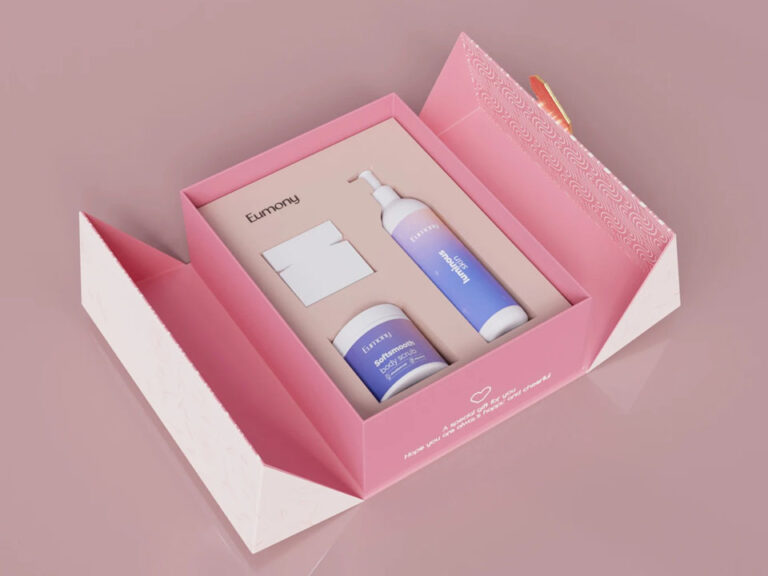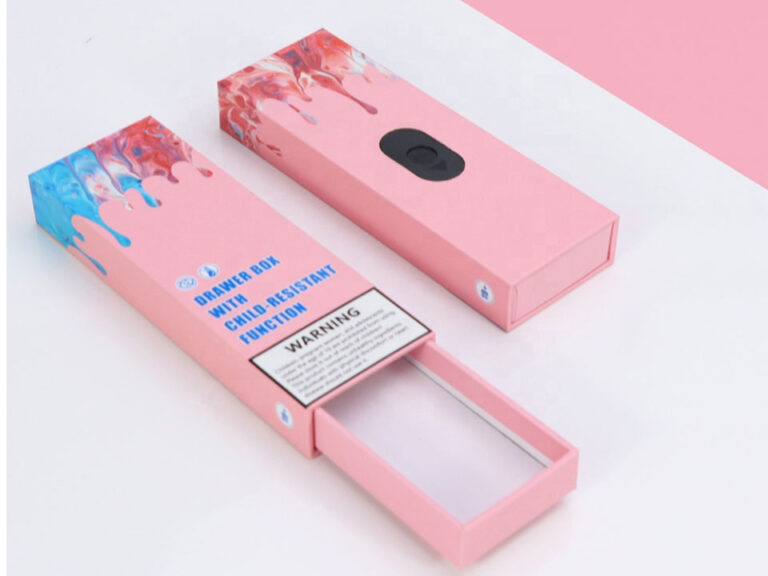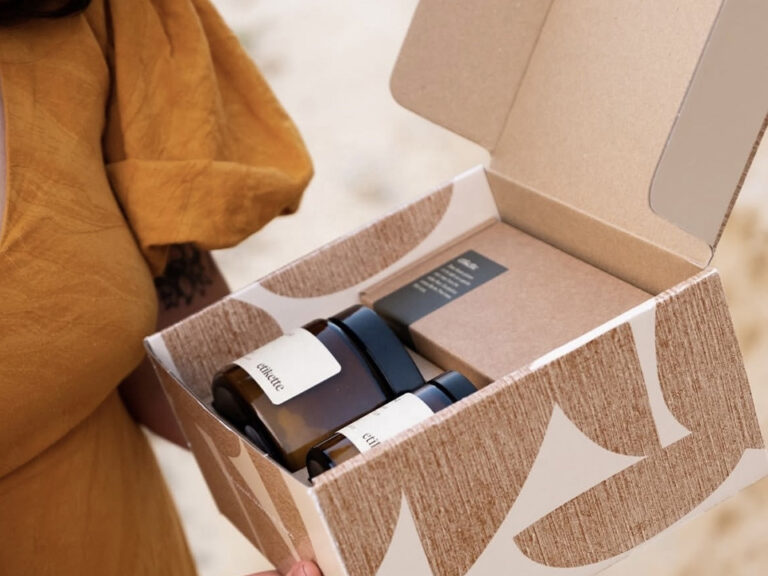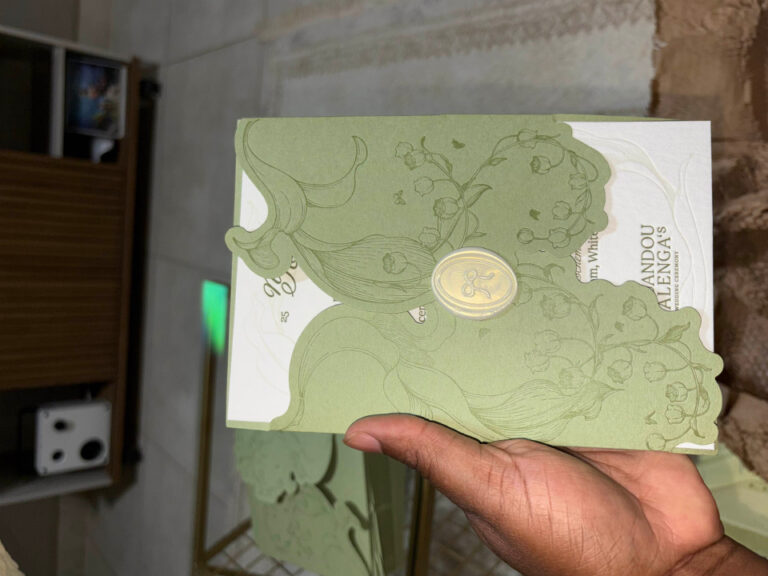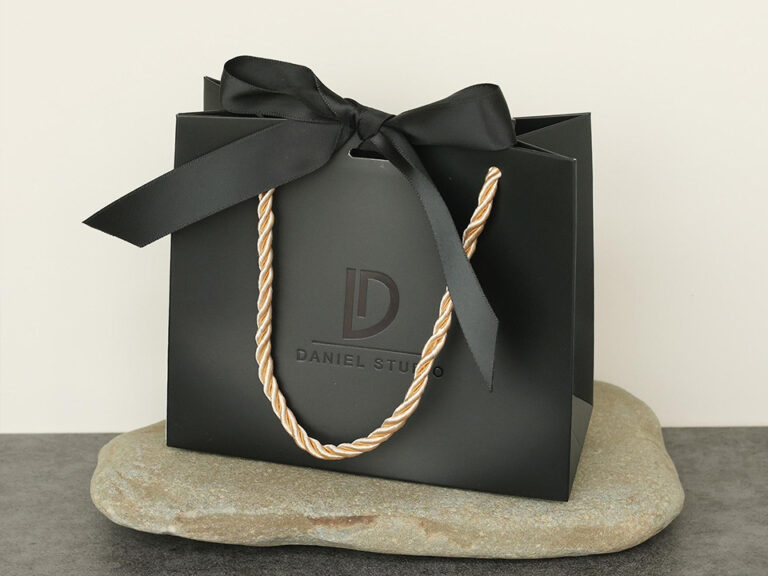Why Food-Grade Packaging Materials Matter
If you sell food, your packaging isn’t just a pretty box. It’s part of the product. It touches the food, it protects the flavor, and it can even decide whether your shipment passes customs or gets stuck.
Table of Contents
What Is Food-Grade Packaging?
Food-grade packaging is any material that can safely touch food without hurting individuals or altering the food in a bad way.
In practice, that means three things:
- It doesn’t release harmful chemicals into the food
- It doesn’t change taste, smell, or color
- It meets local and export regulations for food contact materials
So when you choose a food-grade cookie box, a paper tube for cocoa, or a gift box for gourmet snacks, you’re not just paying for print and structure. You’re buying safety, shelf-life performance, and legal peace of mind.
Food Contact Materials And Safety Basics
Regulators talk a lot about “food contact materials” and “migration.” In simple terms:
- Food contact materials are anything that touches food: box board, film, coatings, glue, inks, varnish, inserts.
- Migration is how much of those substances move from the packaging into the food over time, especially with heat, oil, or alcohol.
Food-grade materials are designed and tested to keep migration under strict limits. That’s why serious brands push their suppliers for:
- Tested board and inks
- Compliance paperwork (like COA, test reports, spec sheets)
- Stable performance across production runs
A professional converter like Zhibang builds those checks into the production workflow, not only at the sample stage.
Common Food-Grade Packaging Materials
Right here’s a simple review you can make use of when you discuss product packaging specs with your team or with your vendor.
| Material type | Typical food use cases | Key strengths | Notes for buyers |
|---|---|---|---|
| Food-grade cardboard | Cookies, chocolate, dry snacks, tea, coffee | Good printability, stiff, recyclable | Check if it’s suitable for direct or indirect contact |
| Food-grade paper tubes | Cocoa, coffee, snacks, powder mixes | Strong shelf impact, eco look, good barrier with liners | Ask about inner liner and sealing method |
| Food-grade rigid boxes | Chocolates, gourmet sets, mooncakes, gift hampers | Premium brand feel, strong protection | Typically used as secondary packaging |
| Food-grade corrugated | Shipping cartons, e-commerce food boxes | Crush resistance, stackable, brand printing | Match board grade to weight and shipping route |
When you browse products like a food-grade cookie packaging box or an eco-friendly paper tube for cocoa and coffee, you’re looking at real examples of how these materials work in the market.

How Food-Grade Packaging Protects Food Quality
Many buyers only think “food-grade = safe.” That’s true, but it’s only half the story. The other half is quality and shelf life.
Barrier Performance And Shelf Life
Good food-grade packaging helps keep:
- Oxygen out, so nuts don’t go rancid and chocolate doesn’t turn white
- Moisture controlled, so cookies stay crisp and powder products don’t cake
- Light blocked, so coffee, tea, or oils don’t lose flavor
For example:
- A kraft paper cylinder with the right liner, like a kraft paper cylinder tube box for cocoa nibs, protects both aroma and texture.
- A rigid gourmet food box with an insert, such as a gourmet food and beverage gift box, keeps glass bottles from touching and breaking during transit.
When you plan a project, talk about barrier level, shelf-life target, and shipping route with your supplier. That’s where terms like “line trial,” “transit test,” and “shelf-life verification” start to matter.
Real-World Food Packaging Scenarios
Think about a few common situations:
- Bakery and cookies You need a food-grade board for direct or inner-bag contact, plus a secure closure so the box doesn’t pop open on shelf.
- Coffee and tea A square cardboard box for a mug set, like an eco-friendly coffee mug box, often pairs with inner buffers and branded sleeves to protect both product and image.
- Gift sets and hampers Premium food brands use rigid gift boxes with custom inserts to hold jars, bottles, and small items in place so the set arrives looking as good as the photos.
All of this depends on the right food-grade materials plus the right structure. One不小心, you get broken glass, crushed cookies, or leaking powder.
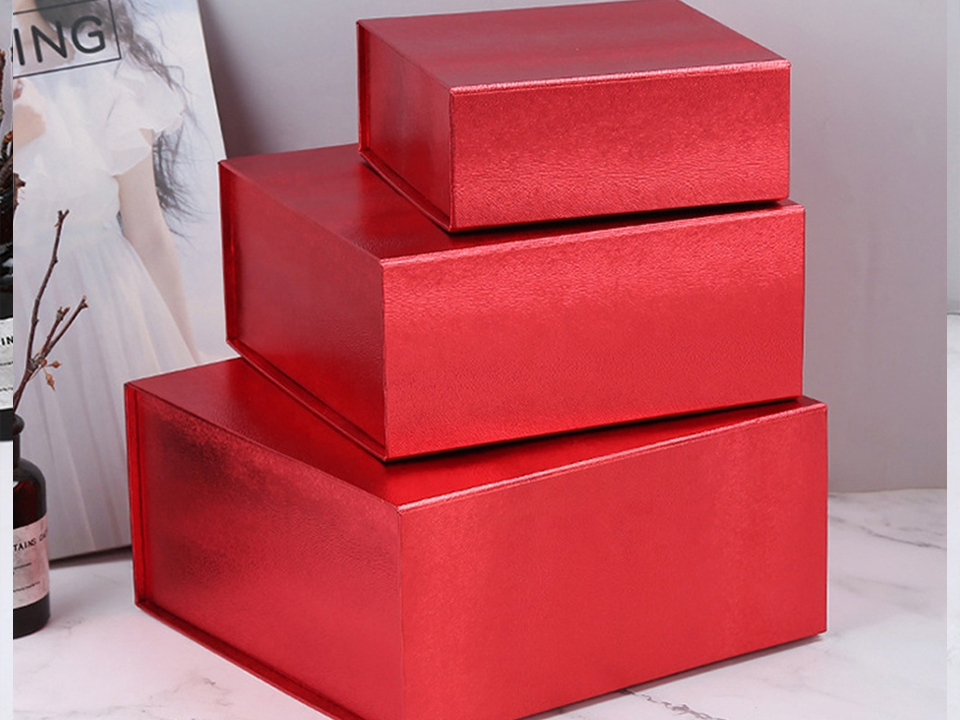
Food-Grade Packaging, Compliance And Risk Control
If you ship into supermarkets, big-box retailers, or export markets, food-grade packaging becomes a compliance project, not just a design project.
Migration Testing And Documentation
Serious food-grade packaging involves:
- Choosing approved substrates, inks, and adhesives
- Running migration tests under worst-case conditions for your food type
- Keeping records ready for audits: material specs, test reports, batch tracing
Buyers often ask suppliers for:
- Updated test reports for key components
- Clear definition of “food contact side” and “non-contact side”
- Confirmation that any varnish, foil, or glue in the contact area meets food-contact rules
This is where Zhibang can help you translate regulatory language into real packaging specs and QC checkpoints, instead of leaving you to puzzle over it alone.
Food-Grade vs Non-Food-Grade: Risk Snapshot
You can quickly show your management why food-grade matters with a simple comparison.
| Aspect | Food-grade packaging | Non-food-grade packaging |
|---|---|---|
| Consumer safety | Designed to control migration and avoid harmful substances | Unknown or higher migration risk, especially with heat and oil |
| Legal risk | Built on tested materials and documented compliance | Higher chance of recalls, rejections, or regulatory issues |
| Brand impact | Builds trust and supports premium positioning | One incident can damage brand and slow growth |
| Export potential | Easier to meet import and retailer requirements | Risk of failed audits and blocked shipments |
| Long-term cost | Fewer quality complaints and returns | More claims, repacks, and hidden handling costs |
When you show this table to your team, food-grade stops being “extra cost” and becomes “risk insurance.”

Food-Grade Packaging And Sustainable Materials
Many brands now want food-safe and eco-friendly at the same time. That’s possible, but it needs smart material choices.
Some typical sustainable food packaging options:
- Kraft rigid boxes and drawers for natural snacks and organic ranges
- Paper tubes for cocoa, coffee, or cereal mixes
- Recyclable corrugated mailers for direct-to-consumer food subscriptions
On the Zhibang side, you can see the direction from eco projects like eco-friendly paper tube food packaging and other paper-based solutions. You can mix FSC-certified board, simplified structures, and compact outer cartons to reduce material waste per SKU.
The key is to balance:
- Food safety and barrier performance
- Shelf-life requirements
- Brand look and unboxing experience
- Recycling or reuse targets
A good packaging partner will walk you through these trade-offs, rather than just offering one “green” buzzword on the quote.
How Zhibang Supports Your Food-Grade Packaging Projects
Zhibang Packaging focuses on custom boxes and bulk OEM/ODM work for brand owners, wholesalers, and trading companies worldwide. That makes food-grade packaging part of the daily routine, not an afterthought.
Here’s how that helps you:
- Category coverage From paper gift boxes for chocolates to printed corrugated boxes for shipping, and paper tube packaging for premium dry foods, you can keep everything under one roof.
- Custom structures for food applications Inserts for bottles and jars, dividers for cookies or snacks, windows for retail display, and fold-flat options for saving warehouse space.
- OEM/ODM friendly Support for new SKUs, private label programs, seasonal sets, and global rollouts where you need consistent quality and color across markets.
- Brand and compliance support Working with a team that understands both food safety requirements and brand design helps you avoid conflict between marketing and QA.
Whether you need a hero gift set for gourmet foods or a reliable run of food-grade shipping boxes, partnering with Zhibang Packaging means you get engineering, design, and compliance thinking in the same conversation.
Learn why food-grade packaging keeps food safe, protects shelf life, meets regulations and builds trust for brands working with Zhibang on custom packaging too.
food-grade packaging,food contact materials,custom food packaging,Zhibang Packaging,food-safe packaging solutions,OEM ODM packaging supplier






